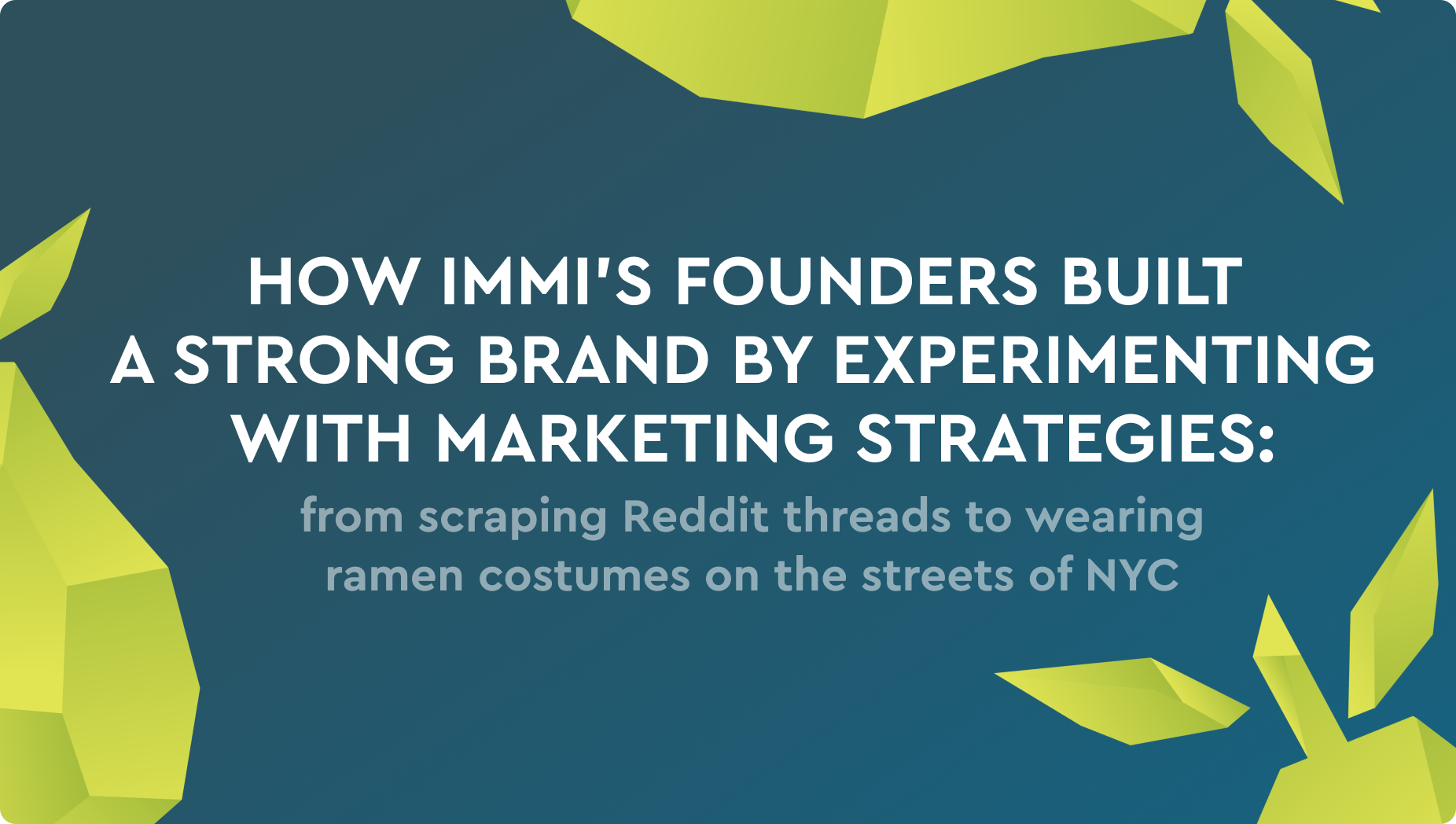
immi, a healthy ramen company that Pear first backed in their pre-seed round, has been experiencing rapid brand growth lately. But while a few of their marketing successes have been a result of good luck (like Usher’s talent agency reaching out after seeing an immi-branded truck in NYC), most of their success stems from their experimental approach to marketing.
The immi team understands that there is no silver bullet when it comes to brand building, and there is no rule book on creating a halo effect, particularly when it comes to growing an organic social audience. Nevertheless, the team at immi has cultivated brand loyalty and tremendous growth in the last two years.
I sat down to chat with immi’s co-founder (and fun fact: former Pear team member!) Kevin Lee about how immi grew an audience for healthy ramen from scratch — and in the early days, with zero marketing budget.
Here are the key takeaways in Kevin’s own words (this post has been edited for brevity):
In the early days, you have to do things that don’t scale.
During the R&D phase, we found a bot online that would scrape all of Reddit and send a Slack notification when certain keywords were mentioned. We indexed for keywords like “low carb ramen”, “healthy ramen”, “instant ramen alternatives”, etc. I was looking at these comments and posts seven days a week, figuring out a smart way to insert ourselves into the conversation.
There was no product yet, just a Shopify landing page. But with a well-placed, thoughtful comment, you could drive 500 email signups with one comment. Like any startup, we were trying to acquire email leads as cost-efficiently and quickly as possible without a marketing budget. We also used some Meta ad credits to test some paid lead ad forms on Meta, which I’d say generated much higher quality leads four years ago than they do today.
We got benchmark data to estimate the avg. open rate, click through rate, AOV, and conversion for a waitlist email subscriber and were able to back into the cost per lead for an e-mail in order to break even on our launch.
Once we figured out that figure, we started scaling our organic and paid efforts to acquire emails.
Once someone got on our email list, we had an email flow that we wanted to feel super authentic. We used gifs of ourselves goofing off in the kitchen… things that reminded customers that we’re a homegrown upstart brand. We also made a private Facebook community where we shared the behind-the-scenes of building the company and gradually turned members into loyal immi evangelists. It was important to us to build a loyal, thriving community from the start and we knew higher engagement would result in higher conversion rates.
Our thesis panned almost exactly to the tee and in our first month of launch, we generated multiple six figures of revenue from our e-mail waitlist without spending any marketing dollars.
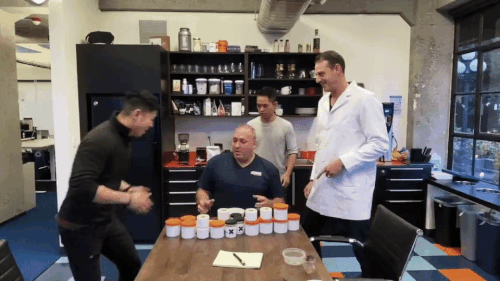
Approach your marketing like a product manager would.
My co-founder and I worked as PMs in tech for the past decade, so we naturally applied the PM framework to marketing: creating a marketing icebox and running sprint planning. The icebox is a backlog of growth ideas that anyone in the org can add to. You have to add context and prioritization from the lens of three variables: impact, urgency, and ease. You have story points, which is an estimate of how many days it will take to actually accomplish this task.
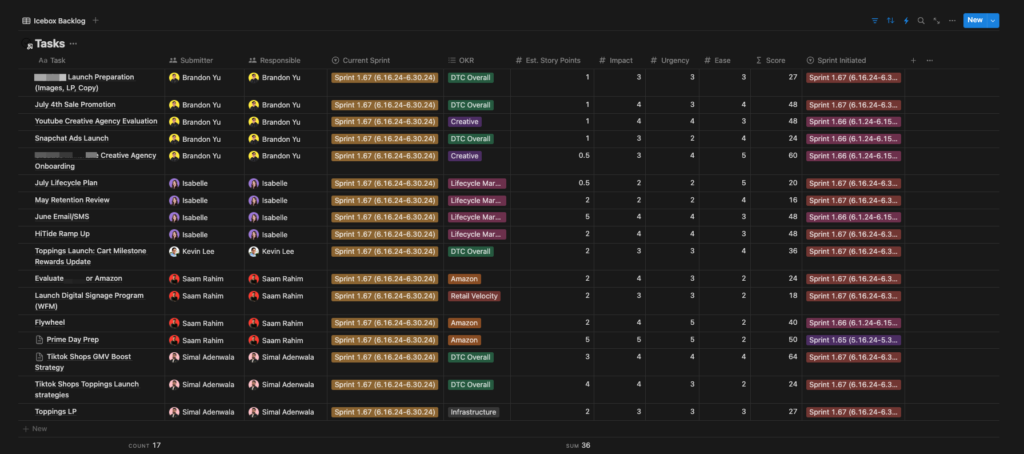
We do sprint planning two times a month. We’ll review the top priority ideas and each person will then assign themselves to sprint items. At the end of the sprint, we run a retrospective to report on results of each experiment and plan for the next sprint. Standard product management stuff.
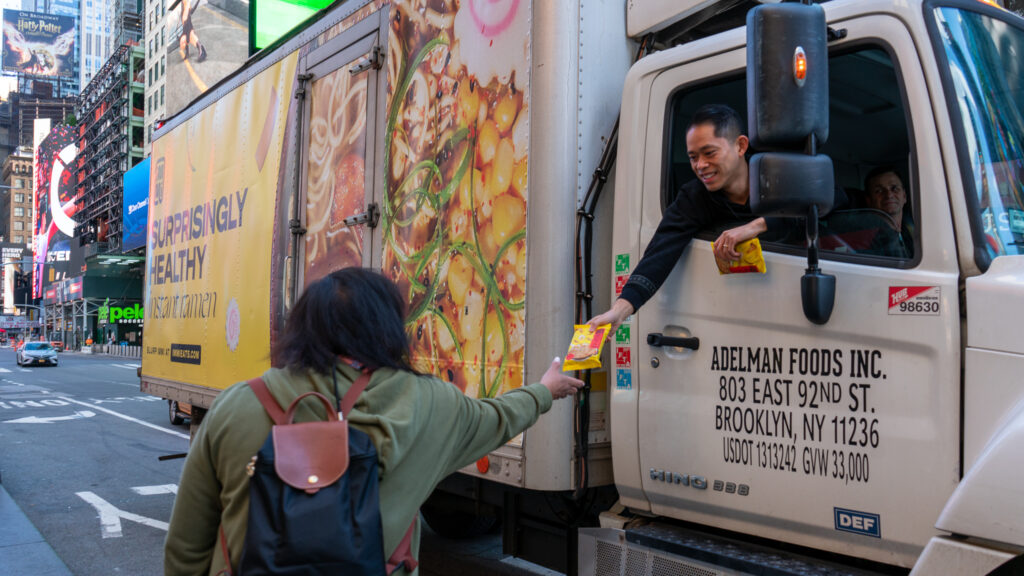
Run your marketing like a writers room.
We run additional creative sprints that everyone across the immi team is welcome to join. Each person has to come up with 3-5 novel or unique ad concepts and they’re responsible for scripting out the ad copy and video / image scenes.
We also created a writers room inspired by comedy and TV series writers who work on short deadlines. We pick themes for each writer’s room i.e. Mothers Day, ideas are thrown out rapidly and just as quickly shut down. You can’t criticize the person, only the idea because you don’t want people to clam up over time. When people like an idea, we jot it down, expand on it, iterate on dozens of variations until we agree on the final concept, and then we test it out. We do this every other week.
Organic media success is impossible to quantify, but there’s power in iteration and experimentation.
One idea that spun out of our writers room is a TikTok series called Ramen on the Street. Our in-house TikTok strategist dresses in an immi ramen packet costume and roams around NYC interviewing people with deep life questions to draw out answers that make you feel good as a viewer. The overarching idea was based on our internal tagline at immi: ramen that makes you feel good. A good brand moves beyond selling a product to selling a feeling (and ultimately, an identity). We want people to feel good from our content and associate that feeling with our product.
It took us nine months to iterate into a repeatable series. Nine months of zero traction and zero engagement was tough for the team. It was like running another startup within the startup. But as long as you’re iterating on your learnings and running experiments, you’re probably going to find some repeatable angle over time.
An example of our TikTok team’s experiment was quite literally rubbing a light layer of Vaseline on the camera lens. It creates a blur effect that makes the video feel a little bit more organic, and believe it or not, that was one of the catalysts to our videos taking off.
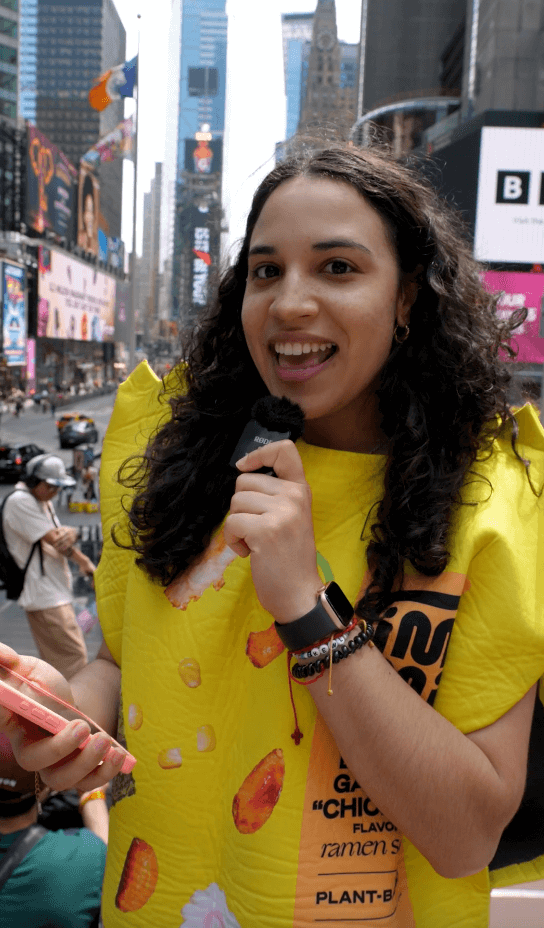
As a founder, you have to find the balance between stubbornness vs. grit. I’m not going to say we weren’t lucky, but I do believe our team did a great job of constantly experimenting and iterating until we found success.
Now we’re consistently doing 10-20 million organic views per month, and we’re also able to iterate on that content. We’re trying CTA’s at the end of videos to drive people into retail stores. We’re also starting to test content where we’re interviewing people in the ramen aisle of grocery stores where immi is visible.
Over time, you really want to build a media platform that is driving organic traffic to you instead of spending all your money on paid ads. There’s magic in this type of marketing. It’s hard to quantify the magic, because when you quantify the magic, the magic disappears. We’re very data oriented, don’t get me wrong, but I think these are the exceptions you have to make.
Focus on one thing at a time. When it reaches saturation, expand.
Through the lifespan of immi, we’ve always tried to focus on one thing at a time. First, it was driving people into our email flow. Then we focused on making Meta ads work. No shiny object syndrome. We pick one, get early signs of channel market fit, and triple down. Many founders try to spread themselves across 10 different channels when the reality is that you only need one at a time to really scale up until you hit a breaking point. When you hit saturation, broaden to a new channel.
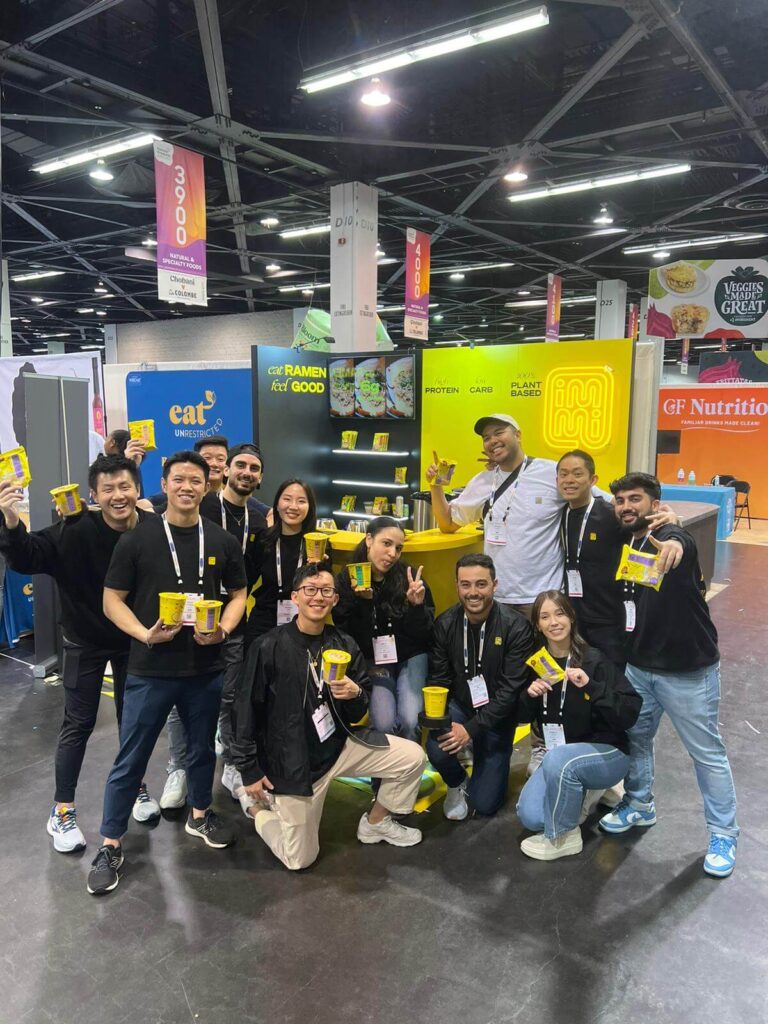
Thank you to Kevin for sharing these insights! To learn more about immi please visit them online or follow them on TikTok. You can find immi in Whole Foods, Target, Sprouts, HEB, GNC, and more.
immi’s media machine has helped them get interest (and investment) from celebrities like Usher, Kygo, Apolo Ohno, Naomi Osaka, a TikTok duet from Lizzo, a partnership for Disney/Pixar’s Inside Out 2 and more. For more founder learnings, check out the Pear Almanac.